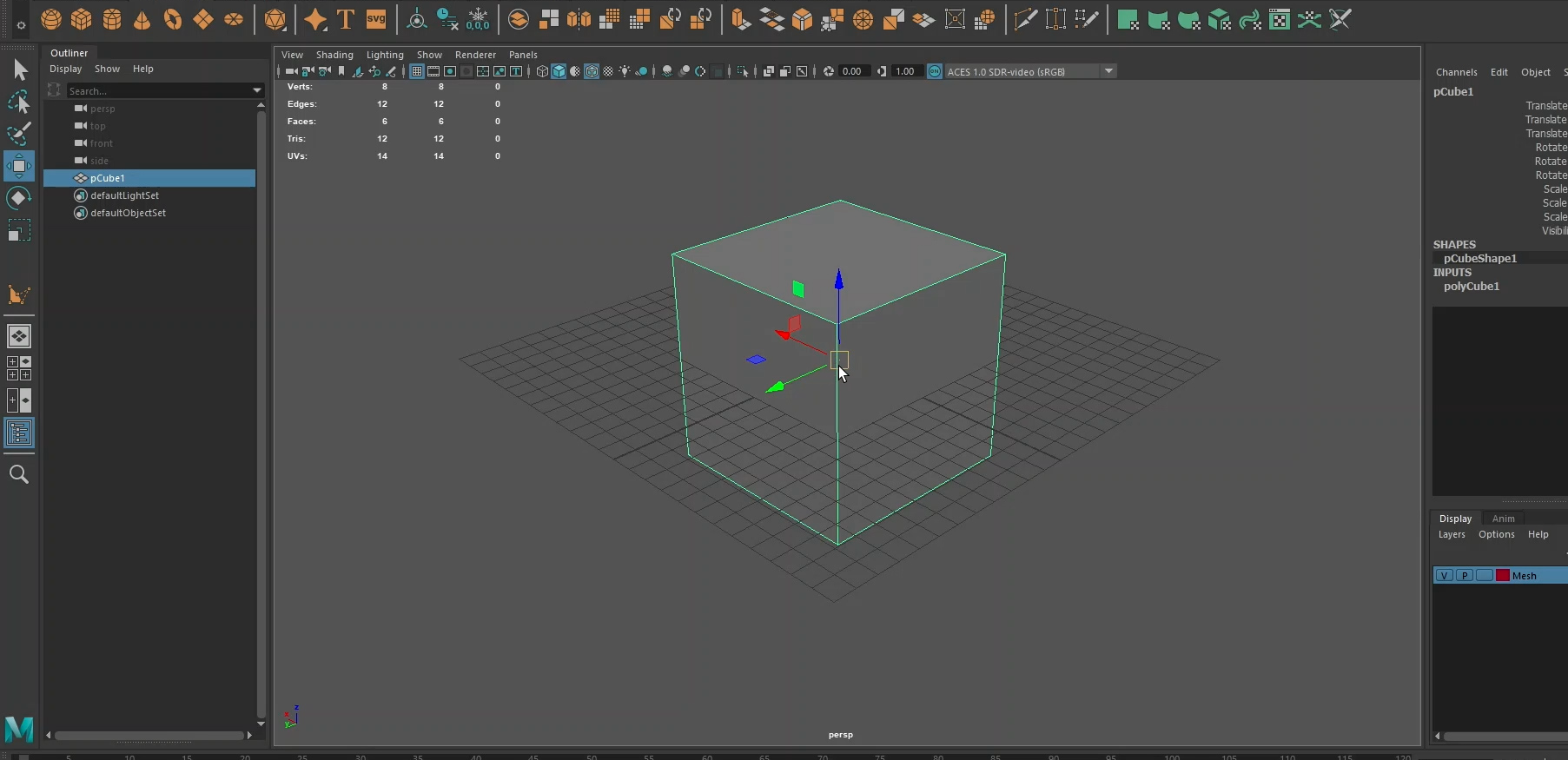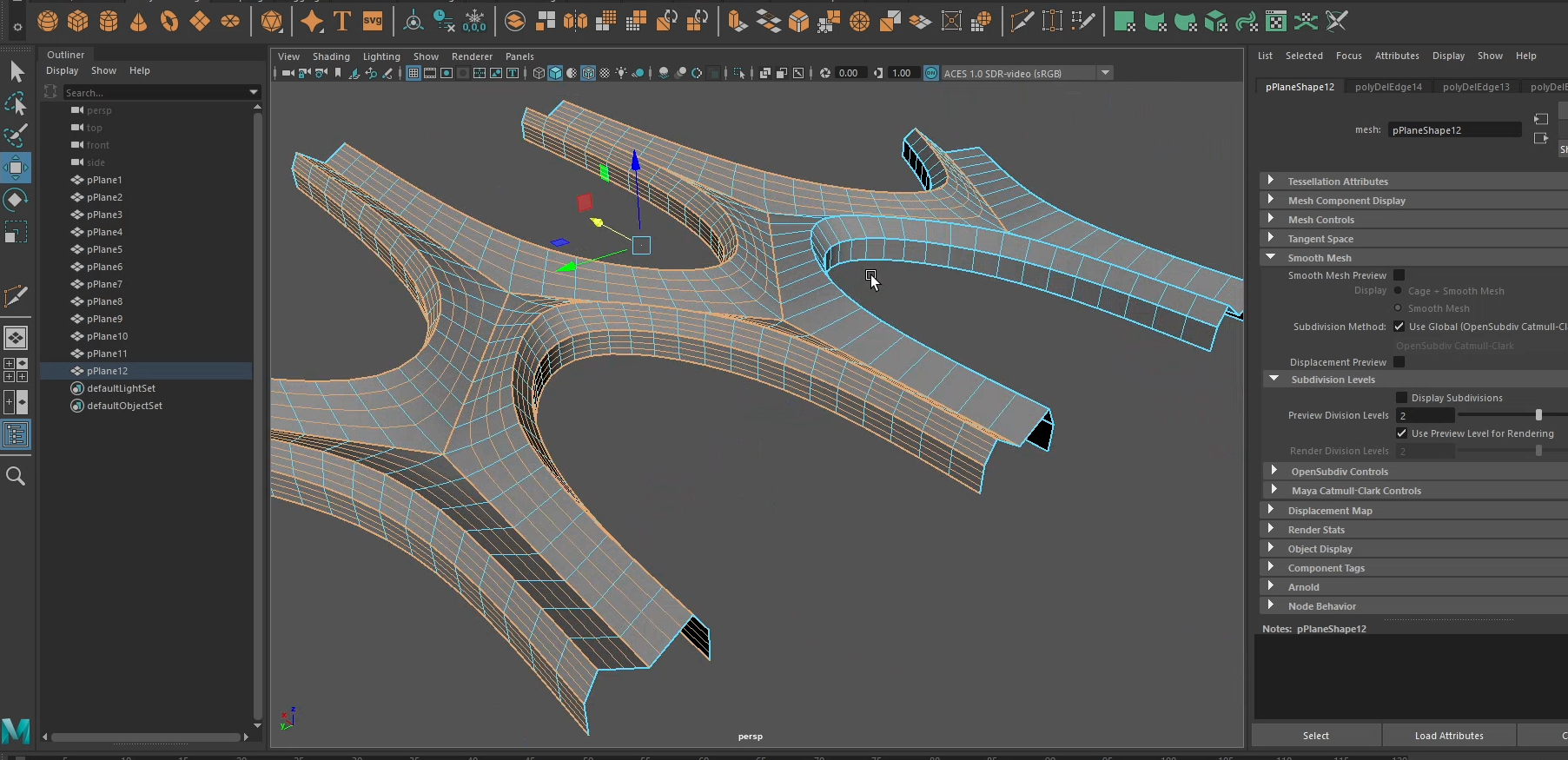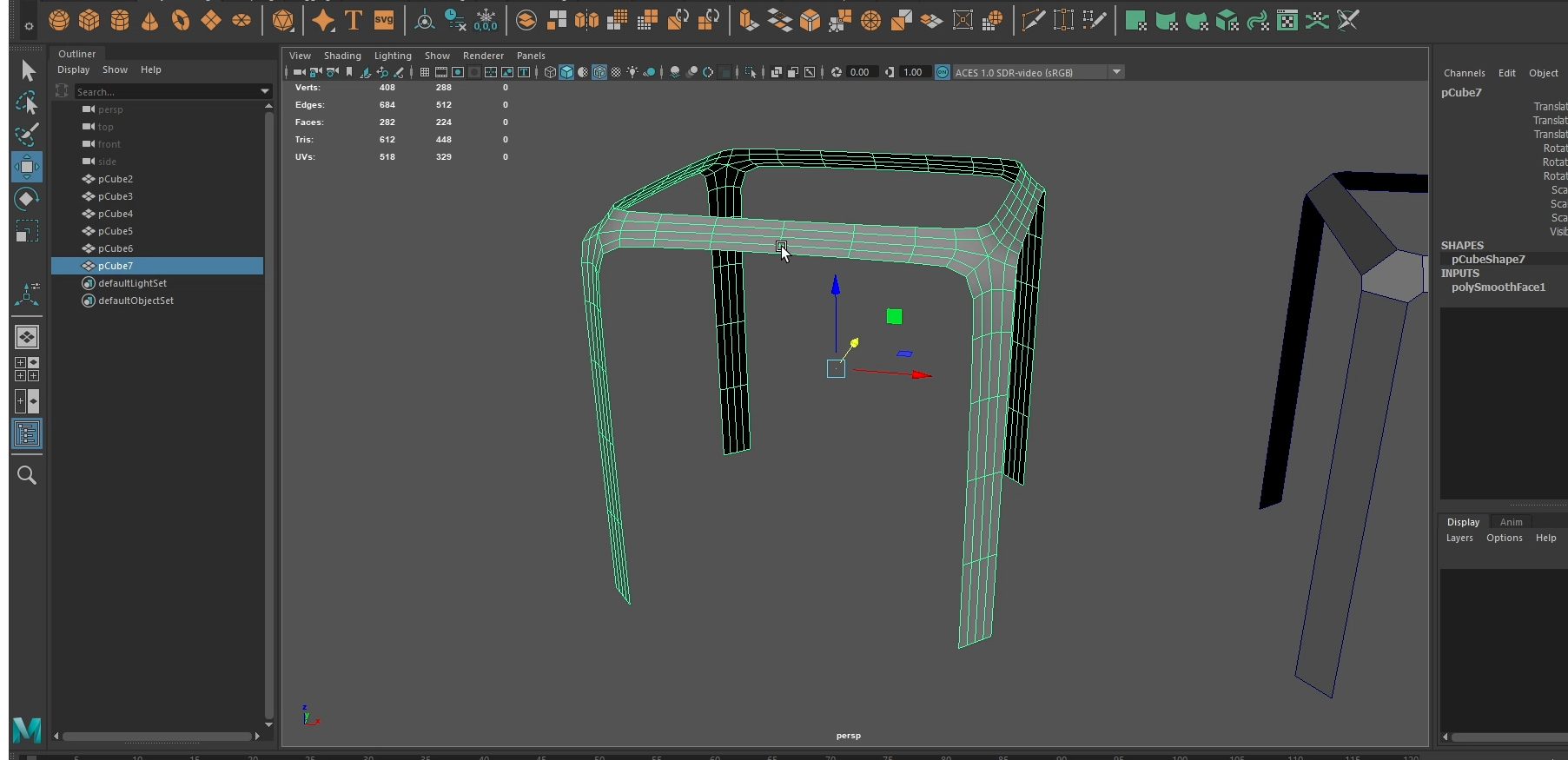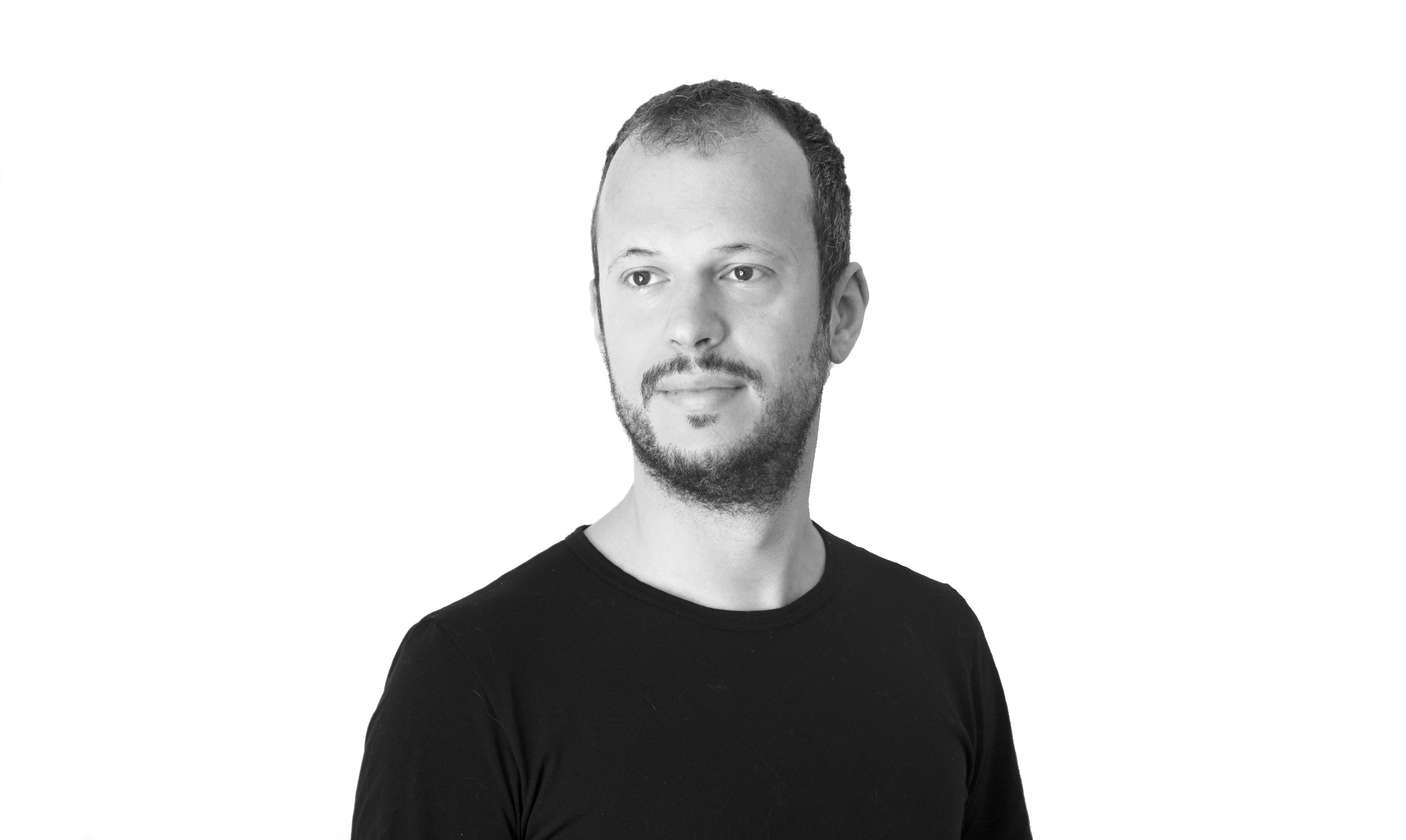Why take this course
Autodesk Maya is a 3D modeling and powerhouse. Maya allows you to model accurate 3D models of your ideas; create stunning visuals and animations through its powerful rendering engine and much more. For this reason, it is widely used across the film, video game, TV, design, and architecture industries.
In this 101 beginner course Federico Borellowill teach you the very basics of Maya. He will mainly focus on teaching how to visualize your ideas through 3D modeling. Federico has gained extensive knowledge using Maya working for Zaha Hadid Architects. He will share some valuable insights into using Maya to first model your idea and then prepare it to get built.
Autodesk Maya is a powerful 3d software
Maya has come a long way since it was developed by Alias in 1998 and subsequently acquired by Autodesk in 2005. Because of its long history in the modeling and industry, it is an absolute leader in everything having to do with VFX.
3D modeling
3D modeling is the creation of 3D objects in Maya’s virtual space or canvas. Maya offers a huge and robust modeling toolset but also a lot of great modifiers that help you model quickly and efficiently. Maya offers the possibility to work on complex 3D projects usually having intricate curvilinear shapes. Designing organic shapes is where Maya really excels.
Animation
If it comes to creating animations, Maya is one of the best solutions you can find. This program is well known to be quite powerful for this particular application, and it is used by a lot of professionals. Maya has a large library of animation tools you can use for the creation of architectural exterior and interior animations, walkthroughs of the project, and explanatory videos of construction processes. Users knowing a bit of Python or MEL languages will find the animation work quite customizable in Maya.

Rendering
Rendering begins with shading and texturing objects and lighting your scene. And it ends when surfaces, materials, lights, and motion are processed into a final image or image sequence. Maya excels in all of these separate steps, finetuning each process over the years of its development. Maya has an advanced default renderer engine called Arnold, which can produce high quality real-life imagery to advanced animations. Besides the default, Maya supports external rendering plugins, like V-ray or Corona.
Physics effects and Fluids simulation
Maya has created a set of tools that lets you create llarge-scale, highly-realistic dynamic and kinematic simulations, mimicking real-life physics that no other program can. Maya offers soft-body dynamics to create content for rendered animations. Maya also offers nDynamics, a dynamic simulation framework powered by Maya Nucleus technology. And lastly there is Maya Fluid Effects, a technology for realistically simulating and rendering fluid motion.
Rigging
Although rigging is not the first thing that comes up when using Maya in an architectural environment, it is an essential part of an animation and character design. It will allow skeleton animation, which is basically how a character moves through space. It starts with the creation of a mesh, and then the creation of a skeleton. As for animation in general and especially rigging, Maya excels in creating complex rigs.


1.- Introduction
06min 36seg2.- User Interface
07min 22seg3.- Meshes
06min 59seg4.- Topology
05min 00seg5.- Topological Operators
06min 57seg6.- Smoothing Vs Smooth Preview
06min 15seg7.- Splitting
09min 01seg8.- Ruled Geometry
09min 36seg9.- Thickness And Assembly
09min 38seg10.- Display Settings
07min 57seg11.- Playblast
06min 00seg12.- Ruled Surfaces
05min 27seg13.- Modeling Process
06min 39seg14.- Modeling Process 2
04min 34seg15.- Modeling Process 3
04min 13seg16.- Modeling Process 4
05min 47seg17.- Modeling Process 5
04min 21seg18.- Modeling Process 6
02min 58seg19.- Modeling Process 7
04min 07seg20.- Modeling Process 8
03min 58seg21.- Modeling Process 9
04min 10seg22.- Conclusion
00min 47seg
